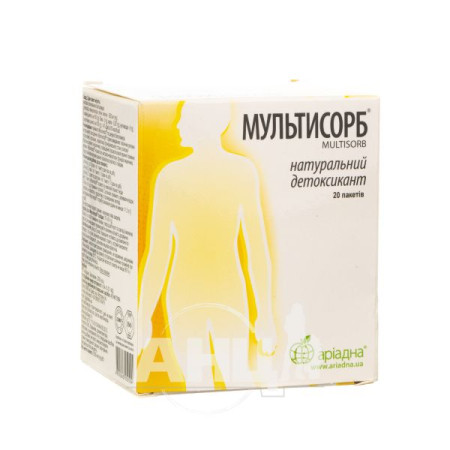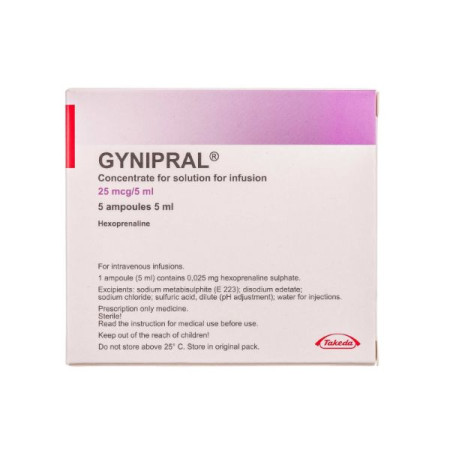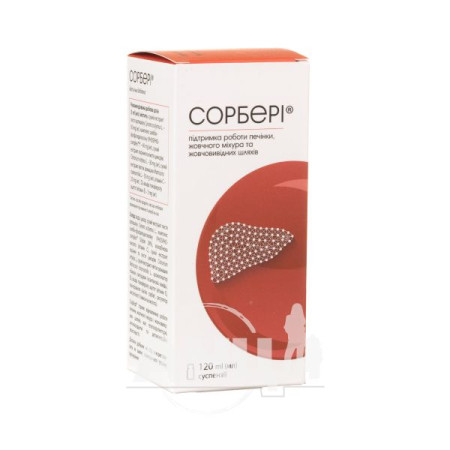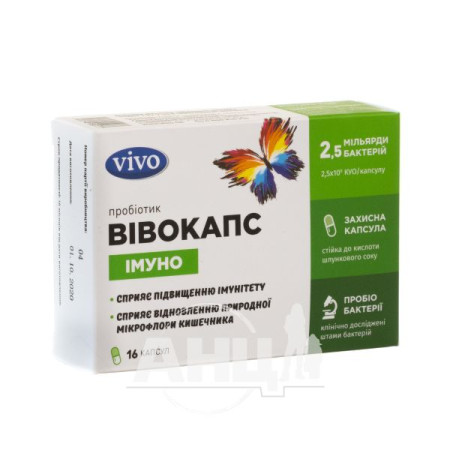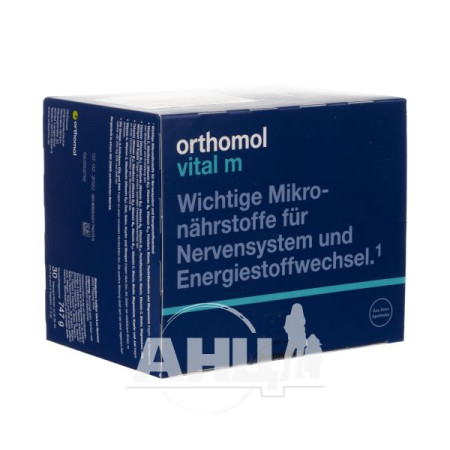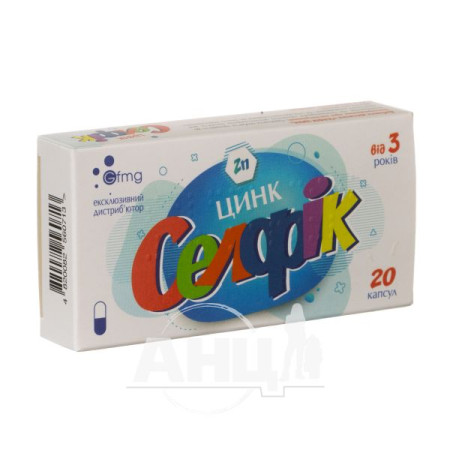Dimedrol-Darnitsa 1% solution for injection ampoule 1 ml No. 10

Instructions for Dimedrol-Darnitsa 1% solution for injection, ampoule 1 ml, No. 10
Composition
active ingredient: diphenhydramine;
1 ml of solution contains diphenhydramine hydrochloride 10 mg;
excipient: water for injections.
Dosage form
Solution for injection.
Main physicochemical properties: clear colorless liquid.
Pharmacotherapeutic group
Antihistamines for systemic use. Aminoalkyl esters. Diphenhydramine. ATX code R06A A02.
Pharmacological properties
Pharmacodynamics
A first-generation H1-histamine receptor blocker that eliminates the effects of histamine mediated through this type of receptor. The effect on the central nervous system (CNS) is due to the blockade of H3-histamine receptors in the brain and the inhibition of central cholinergic structures. It has pronounced antihistamine activity, reduces or prevents histamine-induced smooth muscle spasms, increased capillary permeability, tissue edema, itching, and hyperemia. It causes a local anesthetic effect (when taken orally, a short-term numbness of the mucous membranes of the oral cavity occurs), blocks ganglion cholinergic receptors (lowers blood pressure (BP) and the CNS, has sedative, hypnotic, antiparkinsonian and antiemetic effects. Antagonism with histamine is manifested mainly in local vascular reactions during inflammation and allergy, rather than in systemic ones, i.e. in lowering blood pressure. However, with parenteral administration in patients with a deficit in circulating blood volume, a decrease in blood pressure and an increase in existing hypotension due to ganglion-blocking action are possible. In people with local brain damage and epilepsy, it activates (even in low doses) epileptic discharges on the electroencephalogram (EEG) and can provoke an epileptic seizure. It is more effective in bronchospasm caused by histamine liberators (tubocurarine, morphine), and to a lesser extent – for allergic bronchospasm. Sedative and hypnotic effects are more pronounced with repeated administration.
Pharmacokinetics
Plasma protein binding is 98–99%. Most of it is metabolized in the liver, the smaller part is excreted unchanged in the urine within 24 hours. The half-life (T1/2) is 1–4 hours. It is well distributed in the body, penetrates the blood-brain barrier.
Metabolized mainly in the liver by hydroxylation and conjugation to glucuronides; biotransformation products are eliminated in the urine. Penetrates into breast milk and may cause sedation in breastfed infants. Maximum activity develops after 1 hour, duration of action - from 4 to 6 hours.
Indication
Anaphylactic shock, urticaria, hay fever (pollinosis), serum sickness, hemorrhagic vasculitis (capillary toxicosis), polymorphic exudative erythema, angioedema, pruritic dermatoses, itching, allergic conjunctivitis and allergic eye diseases, allergic reactions associated with the use of drugs, chorea, Meniere's disease; postoperative vomiting.
Contraindication
Hypersensitivity to the drug. Bronchial asthma attack, pheochromocytoma, epilepsy, congenital long QT syndrome or long-term use of drugs that can prolong the QT interval and/or cause torsade de pointes, angle-closure glaucoma, prostatic hyperplasia, stenosing gastric and duodenal ulcers, pyloroduodenal obstruction, bladder neck stenosis, bradycardia, cardiac arrhythmias, family history of sudden cardiac death, significant electrolyte imbalance (hypokalemia, hypomagnesemia). Porphyria.
Interaction with other medicinal products and other types of interactions
Diphenhydramine potentiates the effects of anesthetics, hypnotics, sedatives, narcotic analgesics and local anesthetics. When used with tricyclic antidepressants, an increase in the anticholinergic and depressant effects on the CNS is possible. There is a risk of convulsions when used with analeptics. Simultaneous use of monoamine oxidase inhibitors (MAO) and diphenhydramine can lead to an increase in blood pressure, as well as affect the central nervous and respiratory systems. The drug should be used with caution while taking MAO and for 2 weeks after stopping MAO.
Concomitant use of drugs that prolong the QT interval on the ECG (such as class Ia and III antiarrhythmics) should be avoided.
Since diphenhydramine has some antimuscarinic activity, the effects of some anticholinergic drugs (e.g. atropine, tricyclic antidepressants) may be enhanced, so consult a doctor before taking diphenhydramine with such drugs.
Diphenhydramine is an inhibitor of the cytochrome P450 isoenzyme CYP2D6. Thus, there is a possibility of interaction with drugs that are primarily metabolized by CYP2D6, such as metoprolol and venlafaxine. Diphenhydramine should not be used in patients who have received any of these drugs.
Application features
Not recommended for subcutaneous administration. Since diphenhydramine has an atropine-like effect, it should be used with caution in patients with a recent history of respiratory diseases (including bronchial asthma and bronchitis), increased intraocular pressure, hyperthyroidism, cardiovascular diseases, arterial hypotension. May worsen obstructive pulmonary diseases, severe cardiovascular diseases, ileus, conditions with biliary obstruction. Diphenhydramine may cause drowsiness, as well as cause excitement and hallucinations, convulsions, especially in case of overdose.
The use of other antihistamines, including topical antihistamines and cough and cold medicines, should be avoided.
Use with caution in patients over 60 years of age due to increased risk of dizziness, sedation, and hypotension.
Diphenhydramine has been associated with QT prolongation on the electrocardiogram. During post-marketing surveillance, overdose-related cases of QT prolongation and torsade de pointes have been reported.
Treatment should be discontinued and medical attention should be sought immediately if patients develop signs or symptoms that may be associated with cardiac arrhythmia. Patients should be advised to report any cardiac symptoms immediately.
Use with caution in patients with impaired liver and kidney function.
Patients with moderate to severe hepatic impairment, moderate to severe renal impairment may require a dose reduction.
During treatment with the drug, UV radiation and alcohol consumption should be avoided. Patients should inform their doctor about the use of this drug, since the antiemetic effect may complicate the diagnosis of appendicitis and the recognition of symptoms of overdose with other drugs.
The duration of use of diphenhydramine should be as short as possible. Tolerance and/or dependence may develop with continued use.
You should monitor for signs or symptoms of abuse.
Use during pregnancy or breastfeeding
Diphenhydramine is contraindicated during pregnancy, as there is no adequate data on the safety and effectiveness of its use.
If necessary, use of the drug should stop breastfeeding.
Ability to influence reaction speed when driving vehicles or other mechanisms
Since diphenhydramine has sedative and hypnotic effects, during treatment with the drug, one should refrain from potentially hazardous activities that require increased attention and speed of psychomotor reactions.
Method of administration and doses
The drug is administered to adults intramuscularly and intravenously by drip.
Do not administer the drug subcutaneously due to its irritating effect.
For intramuscular administration, a single dose is 10–50 mg (1–5 ml); the maximum single dose is 50 mg (5 ml), the maximum daily dose is 150 mg (15 ml). Intravenously, the drug is administered dropwise at a dose of 20–50 mg (2–5 ml) of diphenhydramine in 100 ml of 0.9% sodium chloride solution. The duration of treatment depends on the achieved effect and tolerability of the drug.
Children
Do not use the drug in pediatric practice.
Overdose
Symptoms: dry mouth, respiratory depression, persistent mydriasis, facial flushing, CNS depression or excitation, depression, confusion, hyperkinesia, convulsions, delirium, tachycardia, arrhythmia, fever, tremor, dystonic reactions and ECG changes. Overdose with high doses of diphenhydramine can cause rhabdomyolysis, delirium, toxic psychosis, coma and cardiovascular collapse.
Treatment: symptomatic and supportive therapy with careful monitoring of respiratory function and blood pressure. Do not use epinephrine and analeptics. Intravenous drip administration of plasma-replacing solutions, oxygen therapy. As an antidote for diphenylhydramine hydrochloride overdose, physostigmine (0.02–0.06 mg/kg body weight intravenously) can be used several times if anticholinergic symptoms increase. In cases of physostigmine overdose, atropine is recommended. In case of convulsions and symptoms of CNS excitation, parenteral diazepam should be administered.
Adverse reactions
All adverse reactions are listed by system organ class and frequency: very common (≥ 1/10), common (≥ 1/100 - < 1/10), uncommon (≥ 1/1,000 - < 1/100), rare (≥ 1/10,000 - < 1/1,000), very rare (< 1/10,000), frequency unknown (cannot be estimated from the available data).
On the part of the organs of vision: very rarely - increased intraocular pressure; frequency unknown - dry eyes, visual impairment, diplopia, mydriasis.
On the part of the respiratory system, chest organs and mediastinum: frequency unknown - dryness of the nasal and throat mucosa, nasal congestion, thickening of bronchial secretions, feeling of tightness in the chest, difficulty breathing, shortness of breath.
Gastrointestinal: often - dry mouth; frequency unknown - short-term numbness of the oral mucosa, anorexia, nausea, epigastric pain, vomiting, diarrhea, constipation.
Renal and urinary disorders: frequency unknown - frequent and/or difficult urination, urinary retention.
From the nervous system: often - general weakness, fatigue, sedative effect, decreased attention, decreased psychomotor speed, dizziness, drowsiness; very rarely - convulsions; frequency unknown - headache, impaired coordination of movements, anxiety, increased excitability, fear of death, irritability, nervousness, insomnia, euphoria, confusion, tremor, neuritis, paresthesia, dyskinesia. In patients with local brain lesions or epilepsy, convulsive discharges on the EEG are activated (even when using low doses of diphenhydramine) and the drug can provoke an epileptic seizure. Elderly people are more prone to confusion and paradoxical excitation (for example, increased energy, restlessness, nervousness).
Cardiovascular system: frequency unknown - arterial hypotension, palpitations, tachycardia, arrhythmia, extrasystole, cyanosis of the skin and mucous membranes.
From the blood and lymphatic system: rarely - thrombocytopenia; frequency unknown - agranulocytosis, hemolytic anemia, hemolytic jaundice.
Immune system disorders: frequency unknown - hypersensitivity reactions, including anaphylactic shock and angioedema.
Skin and subcutaneous tissue disorders: very rarely - contact dermatitis; frequency unknown - hyperemia, itching, polymorphic rashes, urticaria.
Musculoskeletal and connective tissue disorders: frequency unknown - muscle twitching.
From the reproductive system: frequency unknown - increased menstrual frequency, early menstruation.
General disorders and administration site reactions: frequency unknown - increased sweating, chills, fever, hyperthermic syndrome, photosensitivity, local necrosis with subcutaneous and intradermal administration.
Reporting of suspected adverse reactions.
Reporting suspected adverse reactions after the marketing authorisation of a medicinal product is an important procedure. It allows for continued monitoring of the benefit-risk balance of the medicinal product in question. Healthcare professionals should report any suspected adverse reactions via the national reporting system.
Expiration date
4 years.
Storage conditions
Store in the original packaging at a temperature not exceeding 25 ° C. Do not freeze.
Keep out of reach of children.
Incompatibility.
Do not mix with other medicines in the same container. Use only the recommended diluent.
Packaging
1 ml in an ampoule; 5 ampoules in a contour blister pack; 2 contour blister packs in a pack.
Vacation category
According to the recipe.
Producer
PrJSC "Pharmaceutical Company "Darnitsa".
Location of the manufacturer and address of its place of business
Ukraine, 02093, Kyiv, Boryspilska St., 13.
There are no reviews for this product.
There are no reviews for this product, be the first to leave your review.
No questions about this product, be the first and ask your question.









